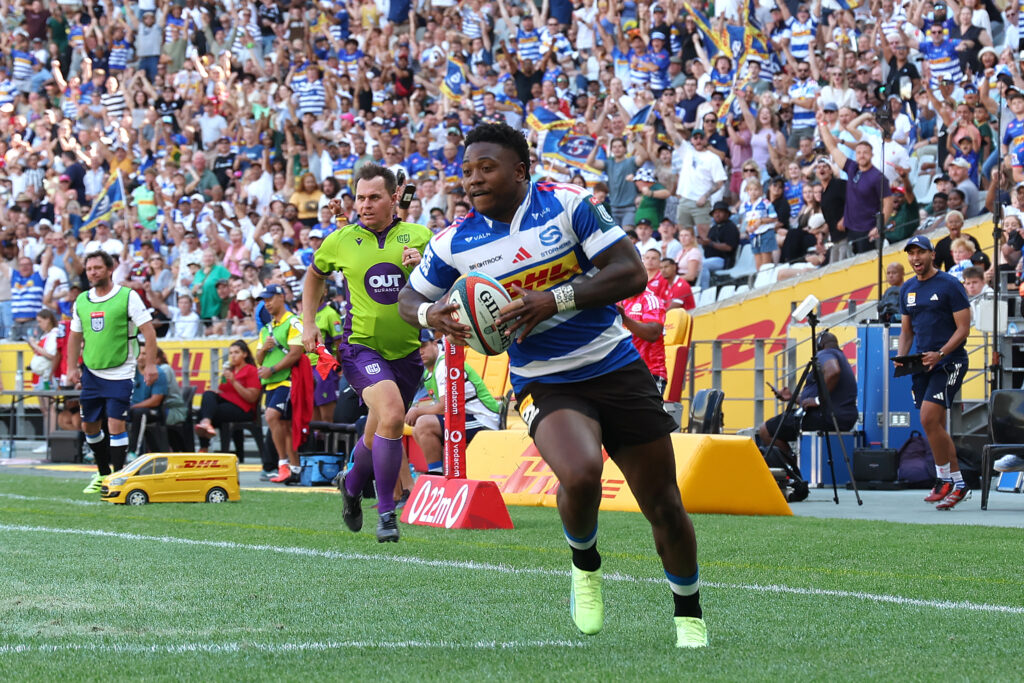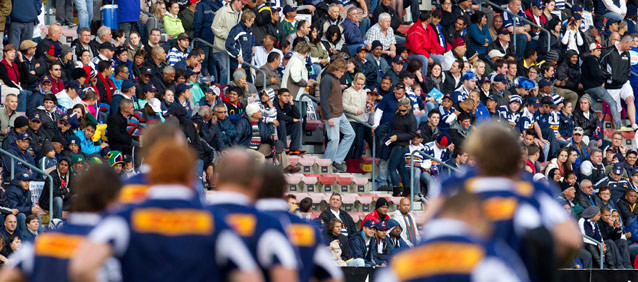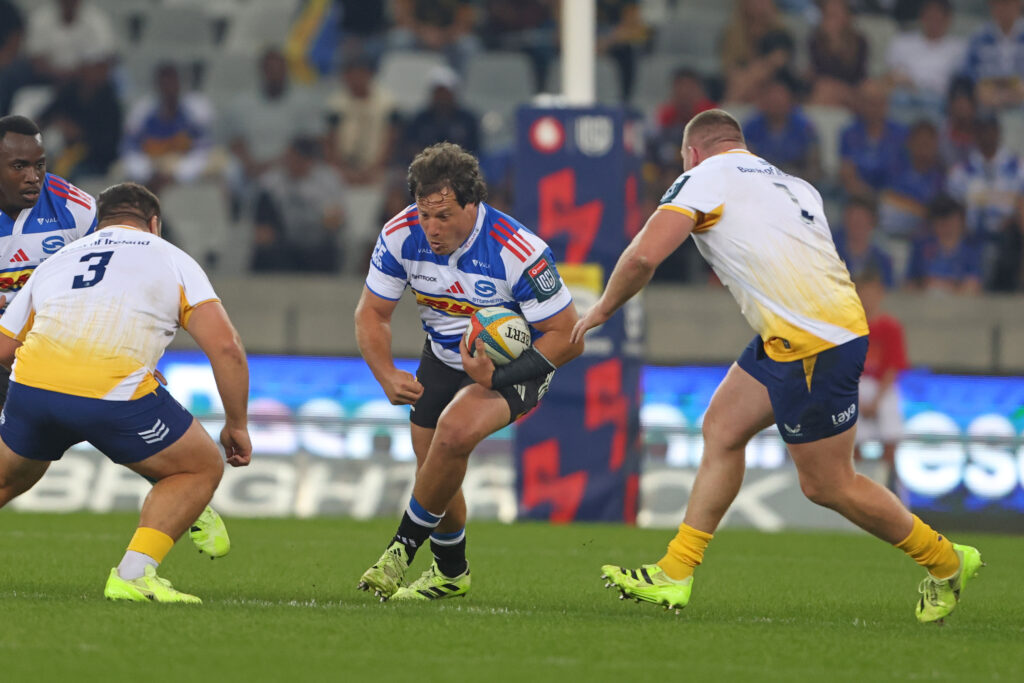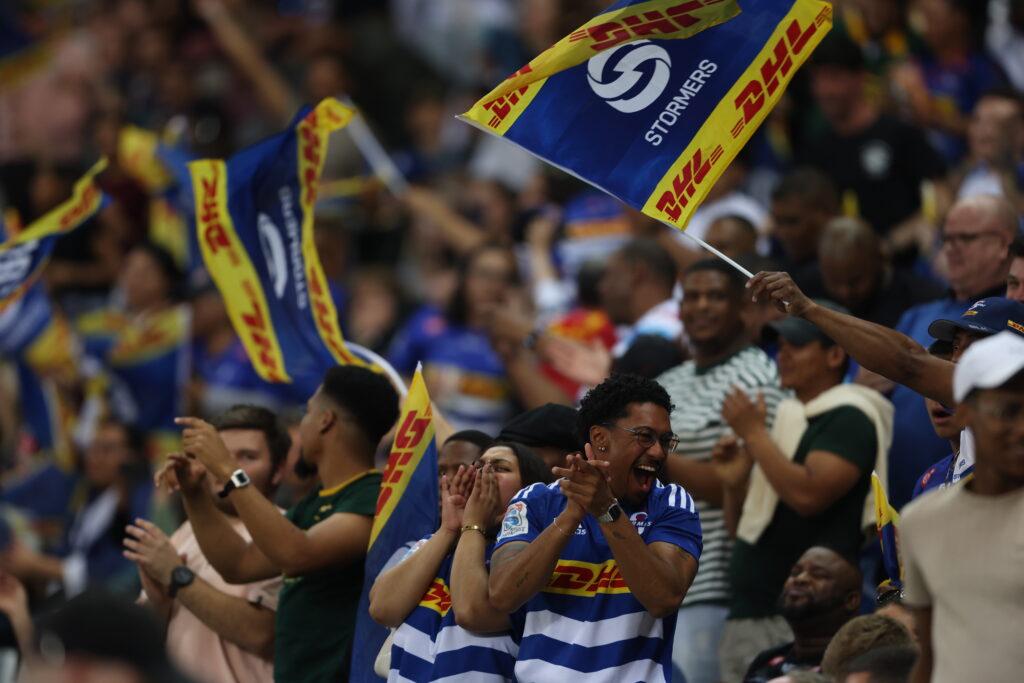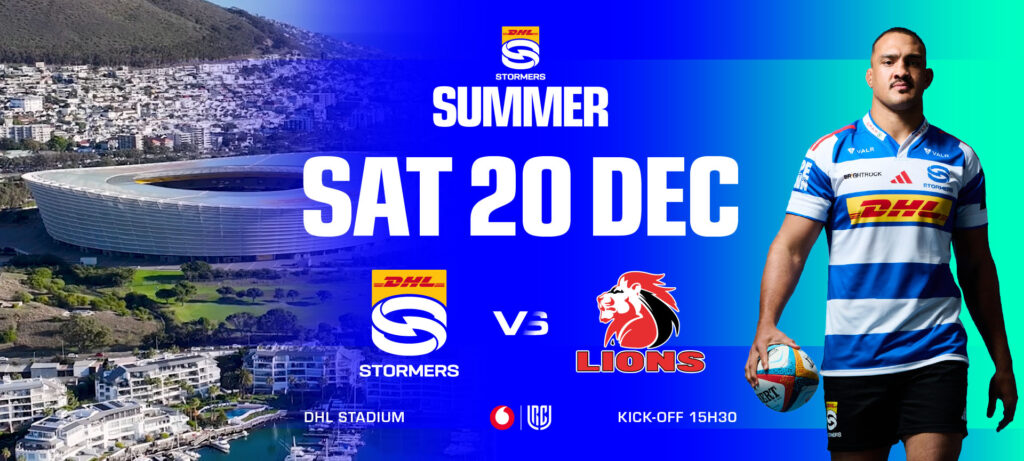For clarification, the South African Rugby Union (SARU) Manager: Referees, Andre Watson, has highlighted several relevant matters in this regard.
The following should be noted:
1. The Vodacom Super 14 and, in South Africa, the Vodacom Cup will be completed with the ELVs at present in use in the tournament.
2. Incoming Springbok International matches (Wales and Italy) will be played under the old laws. ELVs will not apply at all.
3. A decision is pending on the laws to be applied during the Vodacom Tri-Nations.
4. The Absa Currie Cup and all South African competitions starting in June will be played under the ELVs to be introduced globally on 1 August 2008. This will enable the competitions to be played under one set of laws.
5. Clubs and schools in South Africa will continue playing with the full ELVs as they started doing this season, until 31 May. They will then adjust to the latest ELVs with effect from 1 June.
Further, SARU will seek a dispensation not to test the ELVs to be trialled in the Northern Hemisphere regarding the unplayable ball at the tackle/ruck/maul and the sanctions of free kicks instead of penalty kicks.
Also, there are the 13 ELVs sanctioned by the International Rugby Board’s Council for introduction throughout the world from 1 August 2008. These are:
A. General:
1. Touch judges will become assistant referees to assist the referee in any way which the referee requires
2. Corner posts will no longer be considered to be in touch in-goal except when ball is grounded against the corner post.
B. Lineout and throw-in:
3. If the ball is taken back into the 22 and kicked directly into touch there will be no gain in ground.
4. Quick throw-in – A quick throw-in may be thrown-in straight or towards the team’s own goal-line but the throw must cross the 5-metre line.
5. Lineout numbers: there is no restriction on the number of players who may participate in the lineout from either side.
6. Receiver at line out: the receiver at the line out must be 2 metres away from the lineout.
7. Opposition thrower: the player who is in opposition to the player throwing in the ball at a lineout may stand in the 5m area but must be 2 metres away from the 5-metre line.
8. Pre-gripping : lineout players may pre-grip a jumper before the ball is thrown in.
9. Lifting in the lineout: the lifting of lineout jumpers is permitted.
C. Maul:
10. Heads/shoulders height: remove law reference that heads/shoulder not to be lower than the hips.
11. Pulling a maul down: players are allowed to defend a maul by pulling it down provided they are part of the maul.
D. Scrum:
12. 5m-offside line: players not in the scrum (except for the scrumhalf) must be 5 metres behind the last foot in the scrum.
13. Scrumhalf offside lines: scrumhalves must be behind the ball on the throwing-in side of the scrum or behind the last foot if on the other side, or on the 5m-offside line.
Additionally, some ELVs currently in use will NOT apply from 1 June – in line with the worldwide application effective from 1 August. This will mean the following:
a. Lineout:
i. An incorrect throw into a lineout will not result in a free kick.
b. Breakdown:
i. There will be no offside line at a tackle
ii. Hands in a ruck will not be allowed.
Iii Unplayable turnover: there will not be a free kick if the ball becomes unplayable at a tackle/ruck.
iv. Penalties at the breakdown will not be limited to entering through the gate and foul play.
c. Kick off and restarts:
i. An incorrect kick-off or restart will not result in a free kick to the opponents.
d. Sanctions:
i. Penalties will not be confined to offside and foul play only.
